Every region of the world presents new and ever-changing challenges to travel. In some regions, modern innovations empower believers to go farther, faster. In other areas, ancient modes of transportation still prove the best way to reach everyone with the gospel.
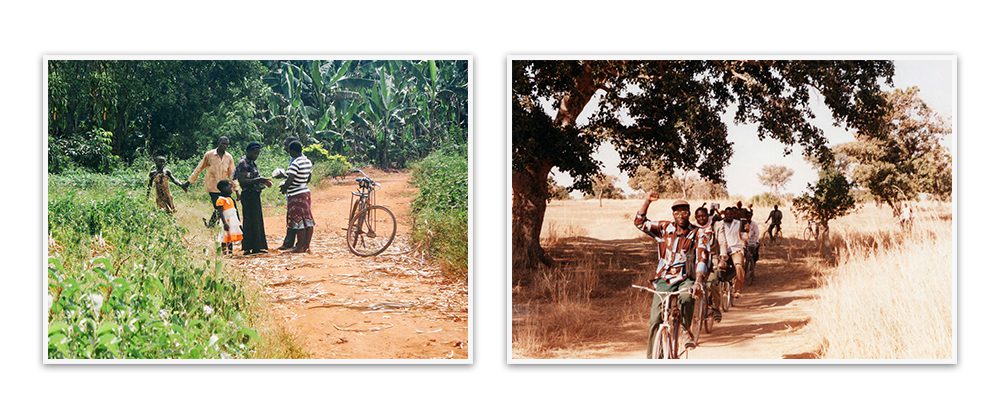
Bicycles
Easy to maintain and faster than walking, it’s clear why bikes are the most common form of transportation in the world. They outnumber cars two to one worldwide. Bikes are widely used by pioneer missionaries serving in Africa and Asia, particularly in rural, inland areas where fuel is scarce. Our team in The Democratic Republic of Congo lists their two greatest needs as, “Bibles and bicycles.”
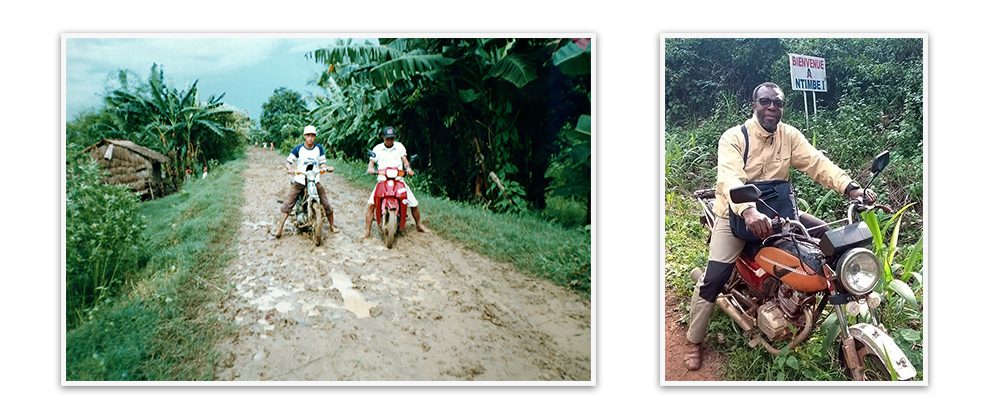
Motorbikes
Over the last decade, dauntless believers have traveled to increasingly remote territories and leaders have expanded their teams to cover more ground. As needs changed, motorbikes became a more common form of transportation for pioneer missionaries. One team in Asia reported that a new motorbike more than doubled the distance they could travel in a day.
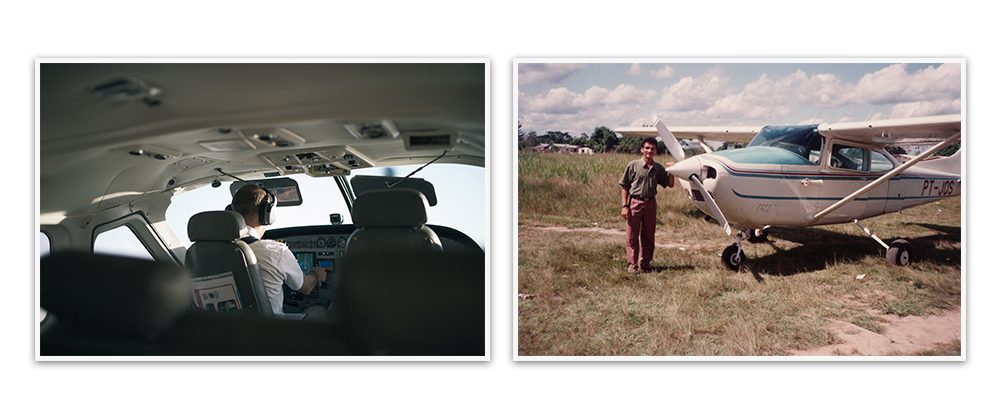
Small Planes
Christian pilots serving with organizations like Mission Aviation Fellowship have historically partnered with Every Home to drop teams and supplies into areas that are difficult to access any other way.
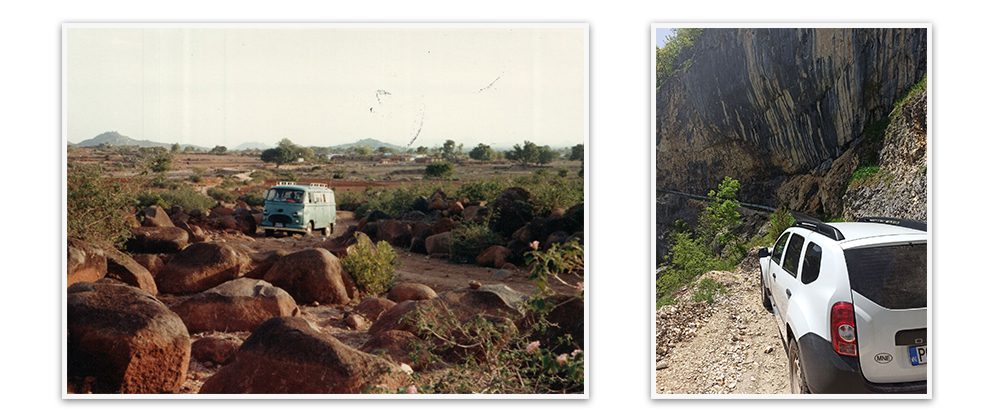
4X4 Vehicles
Every Home teams are working in both Siberia and the Chilean Patagonia. This means our brothers and sisters are sharing the gospel in both the Arctic and Antarctic circles, the literal “ends” of the earth! Four-wheel drive vehicles make the work of these teams possible, helping missionaries endure extreme weather conditions, cross otherwise impassable terrain, and bring bibles and gifts of supplies to families living in these regions.
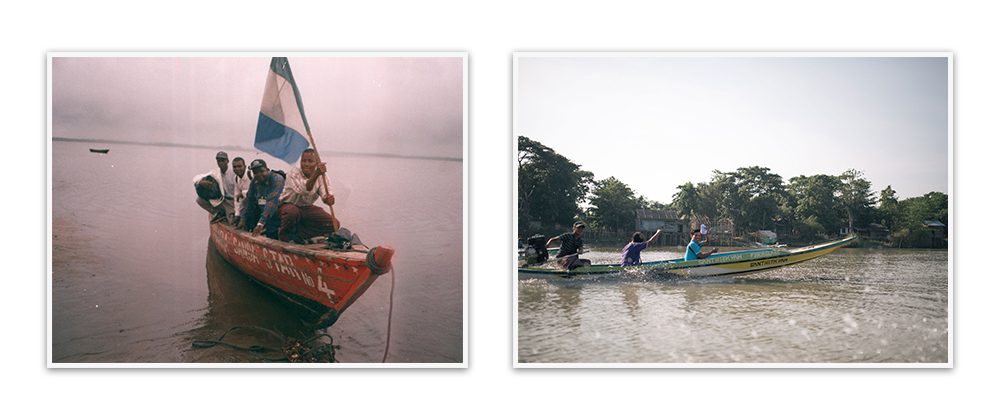
Boats
Many Every Home teams contend with bad roads, but some work in regions where there are no roads at all. Approximately 11% of the world’s population lives on islands. Many island communities, and those built along riverbanks, are only accessible by boat. Every Home teams use a combination of modern craft and traditional canoes and boats, which have traveled the waters of these regions for centuries.
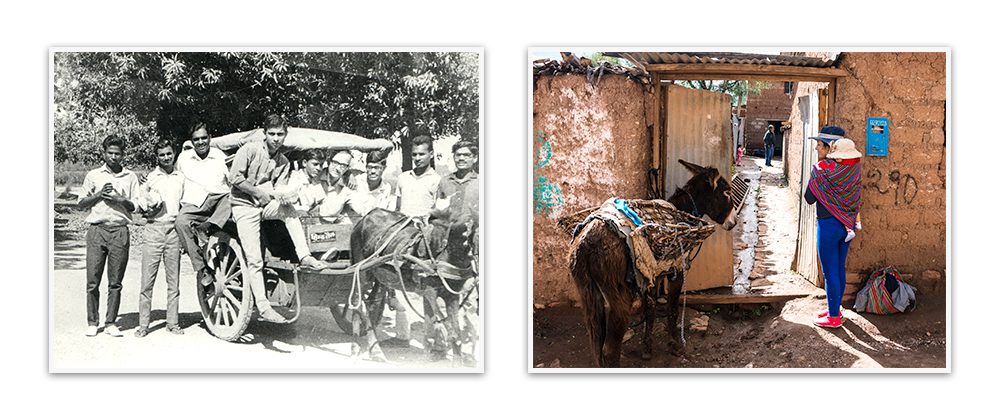
Animals
Albert Muleya, our director in Zambia, once expressed the virtues of using pack animals by saying, “burros don’t break down.” In some parts of the world, animals — one of the oldest forms of transportation — are still the best form of transportation. Motorbikes and 4-wheel drives are sometimes no match for steep mountains and scorching deserts. But God designed burros and camels for these extremes. The critters you might have in your Nativity display still help carry the gospel around the world today.

Feet
In places where roads wash away, engines give out, and bikes can’t climb, believers keep going. Sometimes, they push their cars or carry their bikes when the roads become rough. Their dedication is a beautiful picture of God’s love. As it says in Isaiah: “How beautiful on the mountains are the feet of those who bring good news” (Isaiah 52:7).
Over our 75-year history and across over 150 nations, transportation has changed. Our reason for going, however, remains the same: everyone, no matter where they live, deserves to know of God’s unstoppable love for them.

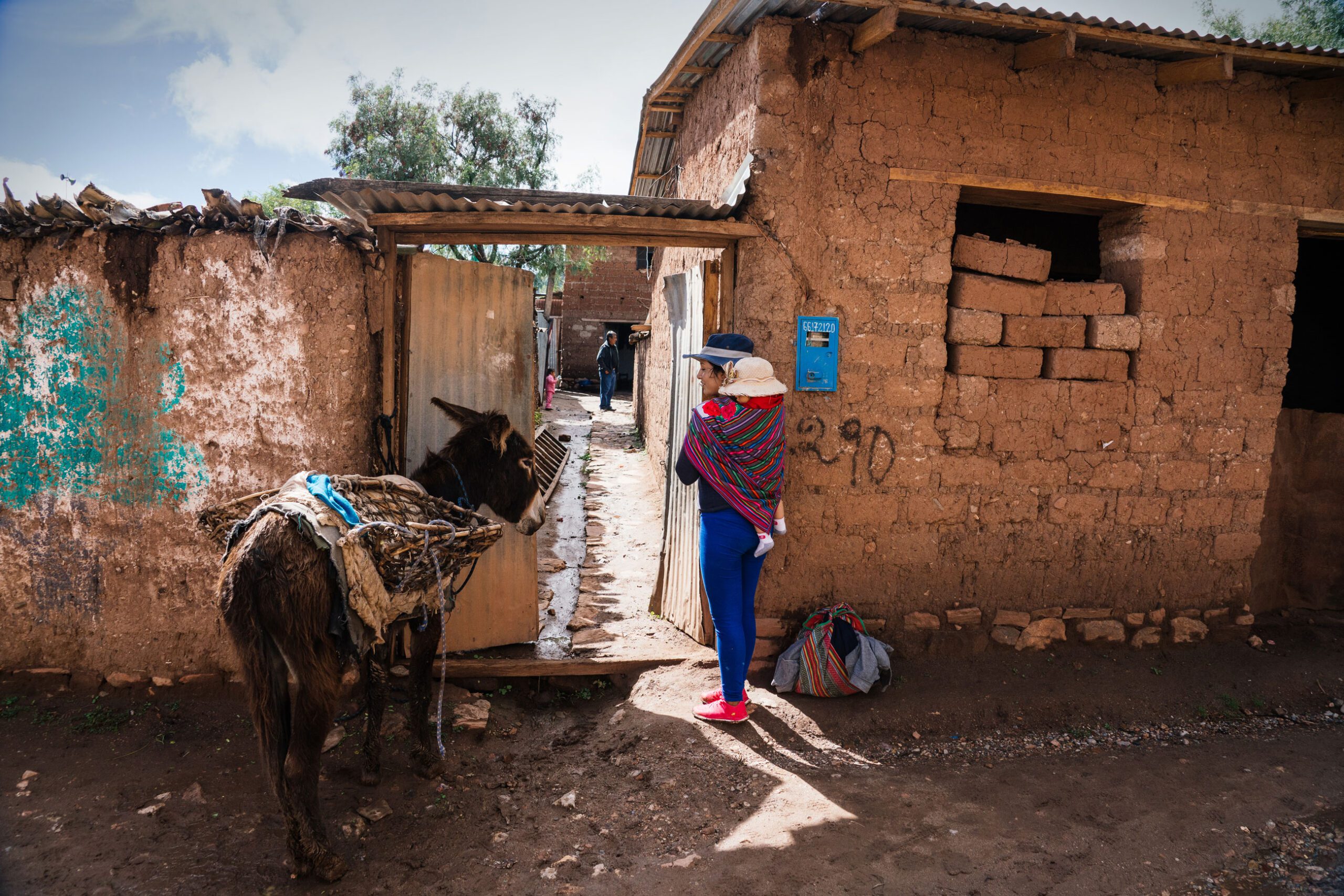

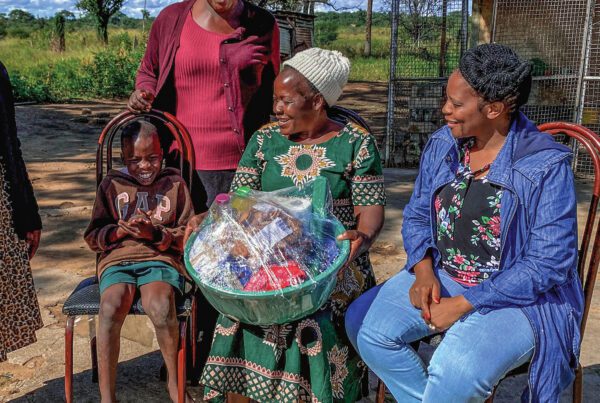
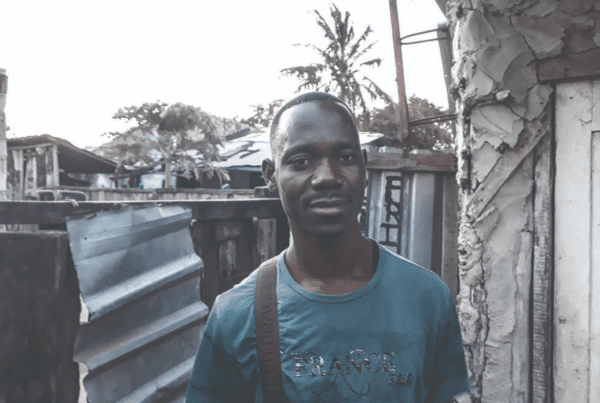














2 Comments